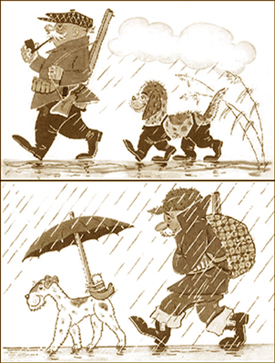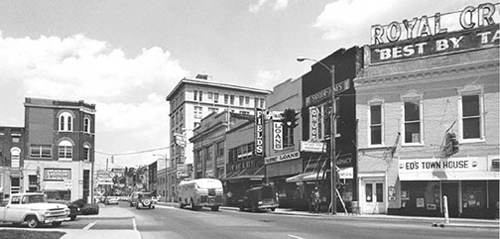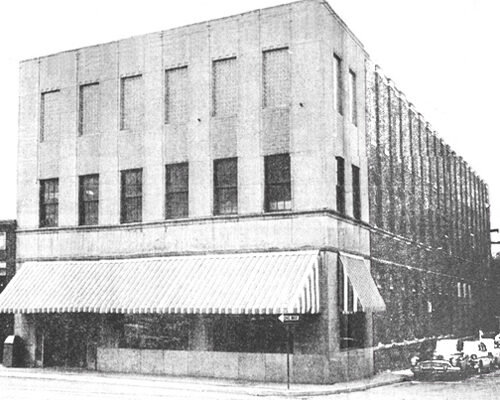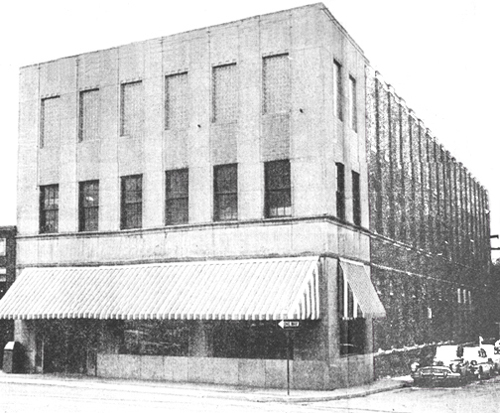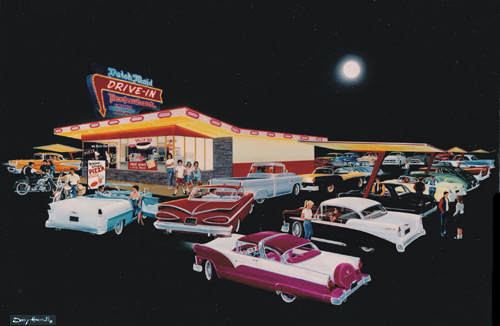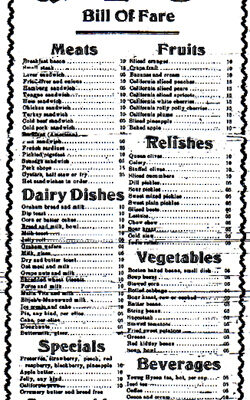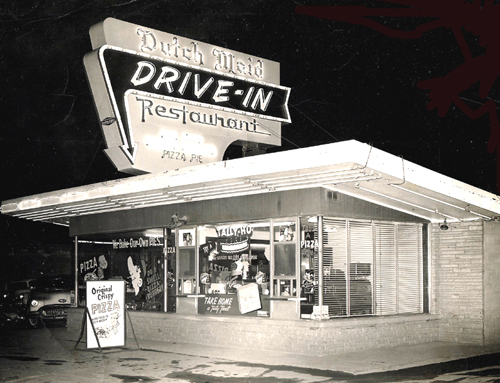Lewis Brown, an occasional contributor to my column, asked me if I was familiar with a former Johnson City business known as the Spudnut Shop.
“Many years ago when I joined the Optimist club,” said Lewis, “John Roach (former parts manager for Tennessee Motor Company, 401 W. Market Street) told me about a donut shop in the downtown area that opened sometime after WWII and made donuts from potato flour. Apparently, it was inexpensive and made good donuts.”
I do not recall that eatery. According to my research, the product was the brainchild of Al and Bob Pelton, brothers from Salt Lake City, who had eaten some potato-based doughnuts while visiting Germany from a folk recipe that traces its beginnings back to that country. The boys, impressed with the taste of it, experimented with potatoes, wheat dough and other ingredients before deciding on a secret dry potato mix formulation. Thus began a business in 1940, which they cleverly named Spudnuts.

In 1946, the entrepreneurs established a nationwide chain of franchised Spudnut Shops; two years later, they totaled over 200 stores across the country. The tasty delicacy was widely advertised, using as its slogan “Coast to Coast, Alaska to Mexico.” Soon Mr. Spudnut, a doughnut cartoon character, began appearing in advertisements. Within six years, there were over 300 shops operating in 38 states. By 1964, the company was distributing about 400,000 Spudnuts per day.
One tantalizing ad from 1952 promoted other Spudnut products: “Buttons and Bows (luscious pastry, succulent taste and appetite surprise, topped with fresh coconut and maraschino cherry, five cents), Spudnut Persians (a crispy melt-in-your mouth goodness, tangy cinnamon layers, smooth, five cents), Spudnut Bismarks (tender crisp crust with tangy fresh-flavored filling, wonderful for lunches, five cents), Spud-Overs (a light flaky crust surrounding a generous portion of Spud Apples, blended with an exciting selection of rare spices, two for five cents).”
An advertisement from 1956 described the product as “a special blend of finest wheat flour, powdered whole eggs, specially prepared potatoes, milk solids and other vital ingredients, all mixed and blended perfectly to the secret Pelton formula. Spudnuts are 'raised' in a proof box, just like all finest pastries. Then they are cooked at an exact high temperature in highest-quality shortenings, causing them to be greaseless. Finally, they are glazed, sugarcoated or chocolate iced.”
A newspaper in 1960 referred to Spudnuts as “a delicious doughnut-like pastry made from light fluffy potato flour, cooked in pure vegetable shortening, making them easy to digest. Is there just one kind of Spudnut? No. There are at least 30 varieties including chocolate, maple, glazed, nut, coconut, jelly, lemon, cream, twists, honey, apple, spice and others.” A 1962 flyer urges the consumer to come by for some freshly ground coffee and 45 varieties of Spudnuts.
When the Pelton brothers retired in 1968 and sold their business to National Oven Products, Inc., annual sales were $2 million. By the 1980s, the parent company had closed, leaving their franchisees unsupported. Today, the only remnants of the once flourishing sugary business are a handful of stores still marketing the yummy product. One has to wonder if the independent stores use their own formula or have the “secret” one developed by the Pelton brothers.
I can’t believe I missed out on Spudnuts since I love doughnuts, but possibly I was away at college during this time. If anyone can recall eating at the Johnson City shop or perhaps at another one in the area, please identify its location and tell me what you thought of the potato-based product.
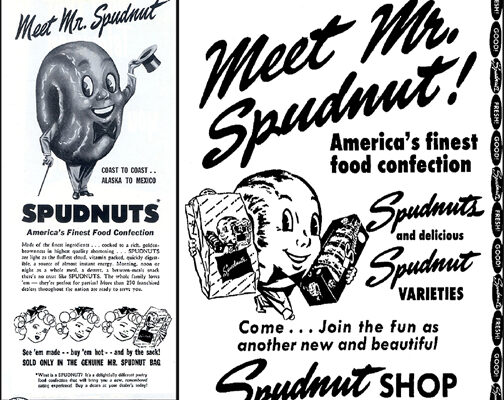
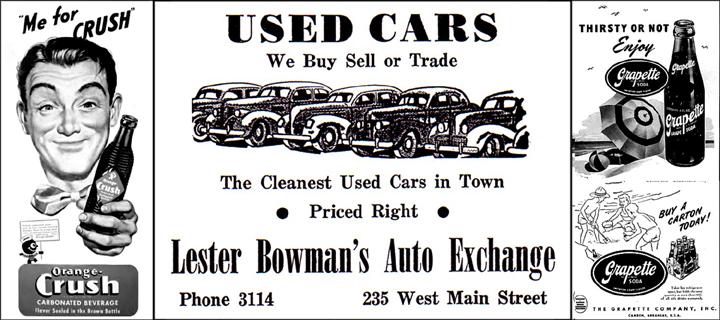

-648x400.jpg)



